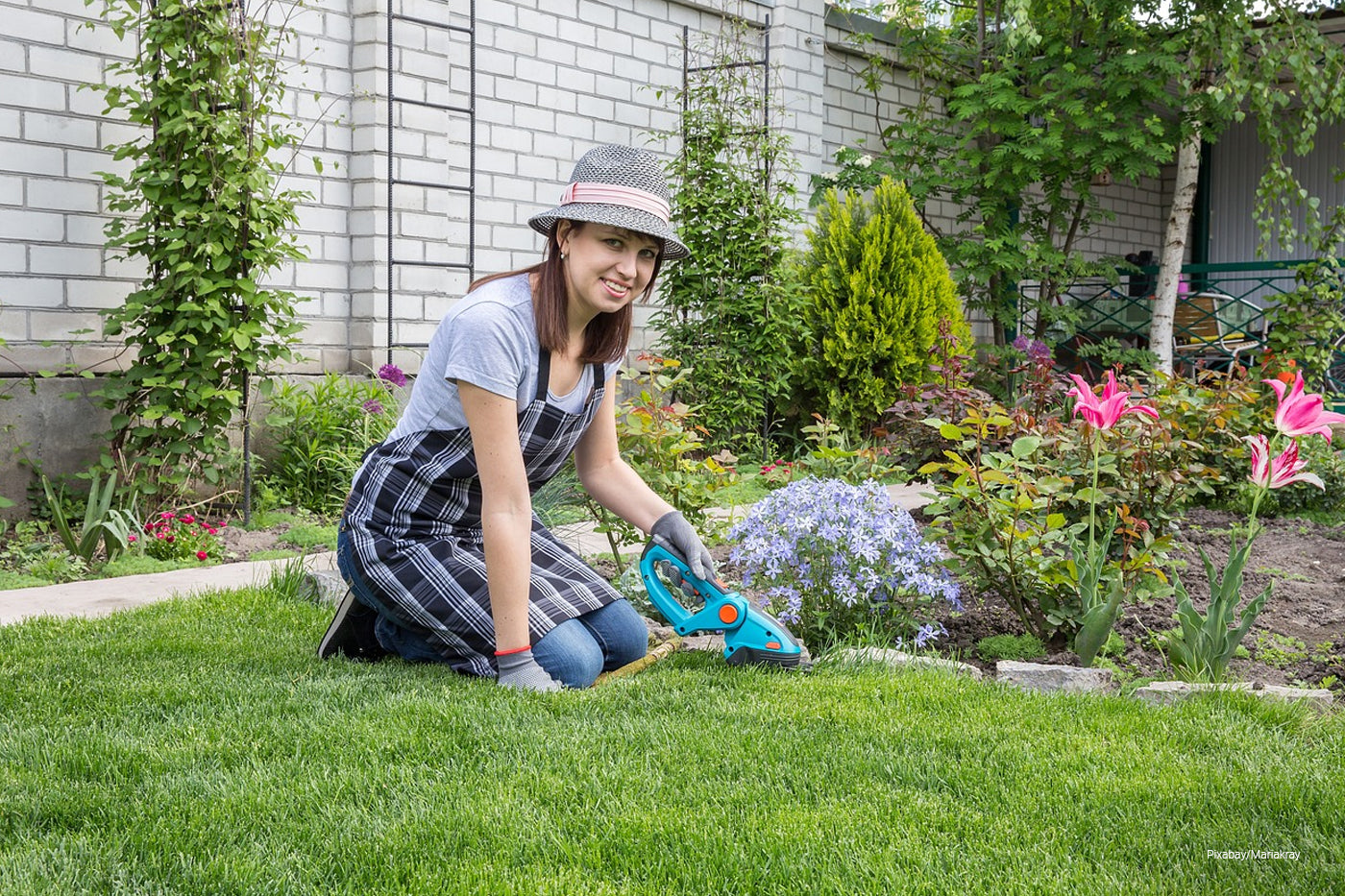1. Plan your 2018 garden.
2. Order your new plants, seeds, and garden supplies early.
3. Grow mushrooms in your basement.
4. Check on dormant plants and tubers.
5. Brush excessive snow off of your evergreens.
January is the traditional month for making new plans, so grab a pencil and graph paper and begin making a sketch of your landscaping. Depending on your personality type, you either can draw everything to scale—using one square of graph paper per square foot of garden space—or you can guesstimate.
After studying what already is taking up space in your landscape, determine how much room you have for new garden borders, grow bags, or raised beds. Theoretically, this should keep you from over-ordering from all those enticing plant and seed catalogs which swarm in like birds around the feeder about now.

Even if you still overindulge in new stuff, all that plotting and list making should at least keep you happily occupied for many winter evenings. And you always can dig up more of the lawn if you have to, or park plant containers on top of it.
Who needs grounds which look like a golf course anyway? It’s always a good idea to order early, especially for those of you in the south who often can begin planting while everybody else still is dealing with cold, colds, and cabin fever.
But even you northerners should order early to make sure that the seed or garden supply company doesn’t sell out of your choices before you get around to reserving them.
If you didn’t receive a mushroom kit for Christmas, you might want to order one now, fungi being among the few living things which actually thrive in dim, indoor conditions.
Or, if you prefer doing things yourself, you can consult How to Grow Mushrooms in Your Basement—on Purpose! This will work best if said basement is on the cool side.
While you are down there, check on all the tubers you are storing over the winter, such as dahlias, tuberous begonias, achimenes, etc. In fact, it’s a good idea to inspect them at least once every couple weeks or so to make sure that they aren’t either rotting or shriveling.

Begonia and achimenes tubers usually can stand being completely dry over the winter months. However, you generally want the medium in which you are storing dahlia tubers lightly damp to prevent them from dehydrating.
Plants which are kept dormant in the dark over the winter—such as daturas, brugmansias, fuchsias, and mums—need a modicum of moisture as well, but sogginess can be fatal.
While you northern gardeners may be tempted to go a bit dormant yourselves during this season, you should steel yourselves to emerge from your lairs after a heavy snowfall, and sweep the excessive pileup from shrubs and evergreens with a soft broom. What bends those trees and bushes may also break them, pruning them in ways you hadn’t envisioned.
If ice is present, you’ll probably just have to wait for it to melt off, as attempting to chip at it usually does more harm than good. Besides, you want to get back to the fireside and your drift of catalogs as soon as possible!



